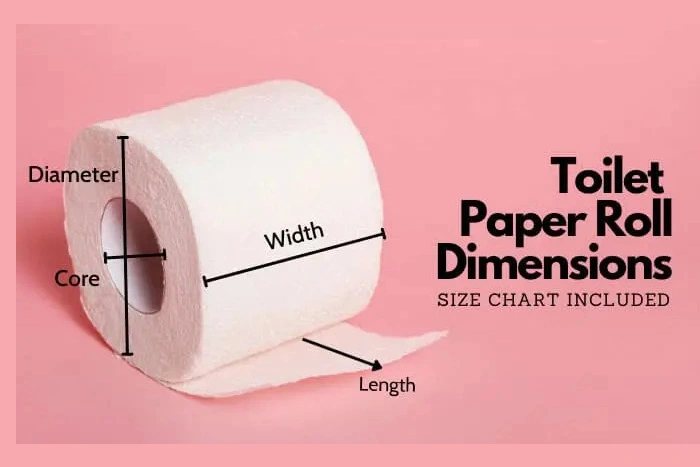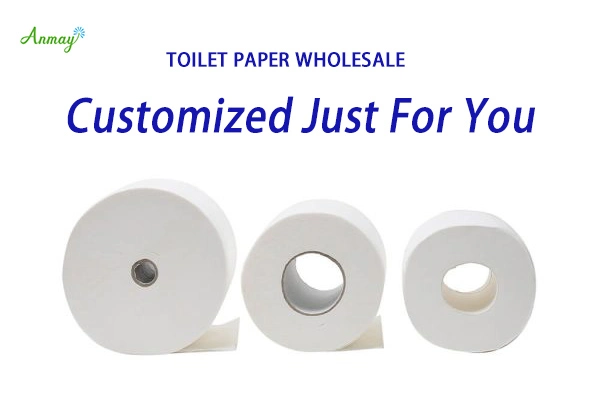When it comes to tissue paper, the choice between hard tissue and soft tissue can significantly impact its usability and comfort. This blog post will delve into the distinctions between these two categories, highlighting their features, benefits, and applications while incorporating various keywords relevant to the topic.
What is Tissue Paper?
Tissue paper is a thin, lightweight paper that is often used for a variety of purposes, including hygiene, cleaning, and wrapping. It is primarily categorized into two types: soft tissue paper and hard tissue. Understanding these types helps consumers make informed decisions when selecting products for personal or commercial use.
Soft Tissue Paper
Soft tissue paper is known for its exceptional softness and absorbency, making it ideal for applications where comfort and gentle use are paramount. This type of tissue is typically made from virgin fibers or high-quality recycled materials, resulting in a plush feel against the skin.
Soft paper tissue products are often used in the following contexts:
- Facial Tissues: Designed for comfort, soft tissue paper is commonly used in facial tissues to minimize irritation when wiping the face.
- Bathroom Tissue: Soft paper is essential in toilet paper production, providing a gentle touch for personal hygiene.
- Paper Towels: Soft tissue paper is also used in paper towels that require high absorbency while maintaining a soft texture.
Hard Tissue
On the other hand, hard tissue refers to a type of tissue paper that is more robust and durable. While it may not be as soft as its counterpart, hard tissue paper offers its own advantages, particularly in applications where strength is crucial.
Hard tissue products include:
- Industrial Wipes: Hard tissue paper is often used in industrial settings where a stronger, more durable wipe is necessary for cleaning up tough spills.
- Kitchen Towels: These towels often use harder tissue to withstand rigorous use while maintaining effectiveness.
Hard Tissue vs. Soft Tissue: Key Differences
- Texture: As the name suggests, soft tissue paper is designed to be gentle and plush, while hard tissue paper is stiffer and more durable.
- Absorbency: Soft tissue tends to have better absorbency, making it more suitable for applications that require moisture management, such as facial tissues and bathroom tissue.
- Strength: Hard tissue is more resilient and can endure more rigorous tasks, making it ideal for industrial use.
- Applications: While soft tissue paper is preferred for personal care items, hard tissue is favored in industrial and commercial cleaning environments.
Different Types of Tissue Paper
Understanding the various types of tissue paper helps consumers choose the right product for their needs:
- Soft Paper Tissue: Perfect for gentle use, this type includes facial tissues and toilet paper.
- Hard Tissue Paper: More robust, used for industrial wipes and kitchen towels.
- Recycled Tissue Paper: An eco-friendly option available in both soft and hard variants, made from post-consumer waste.
- Specialty Tissue Paper: Designed for specific applications, such as medical or foodservice industries.
Conclusion
In summary, the choice between hard tissue vs. soft tissue depends on the intended use and desired qualities of the tissue paper. Soft tissue vs. hard tissue highlights the contrast between comfort and durability, guiding consumers in selecting the most suitable product for their needs. By understanding the different types of tissue paper available, you can make informed decisions that enhance your personal care routine or meet the demands of your business. Whether you need soft paper tissue for gentle use or hard tissue for tough tasks, there’s a perfect option available to meet your needs.





